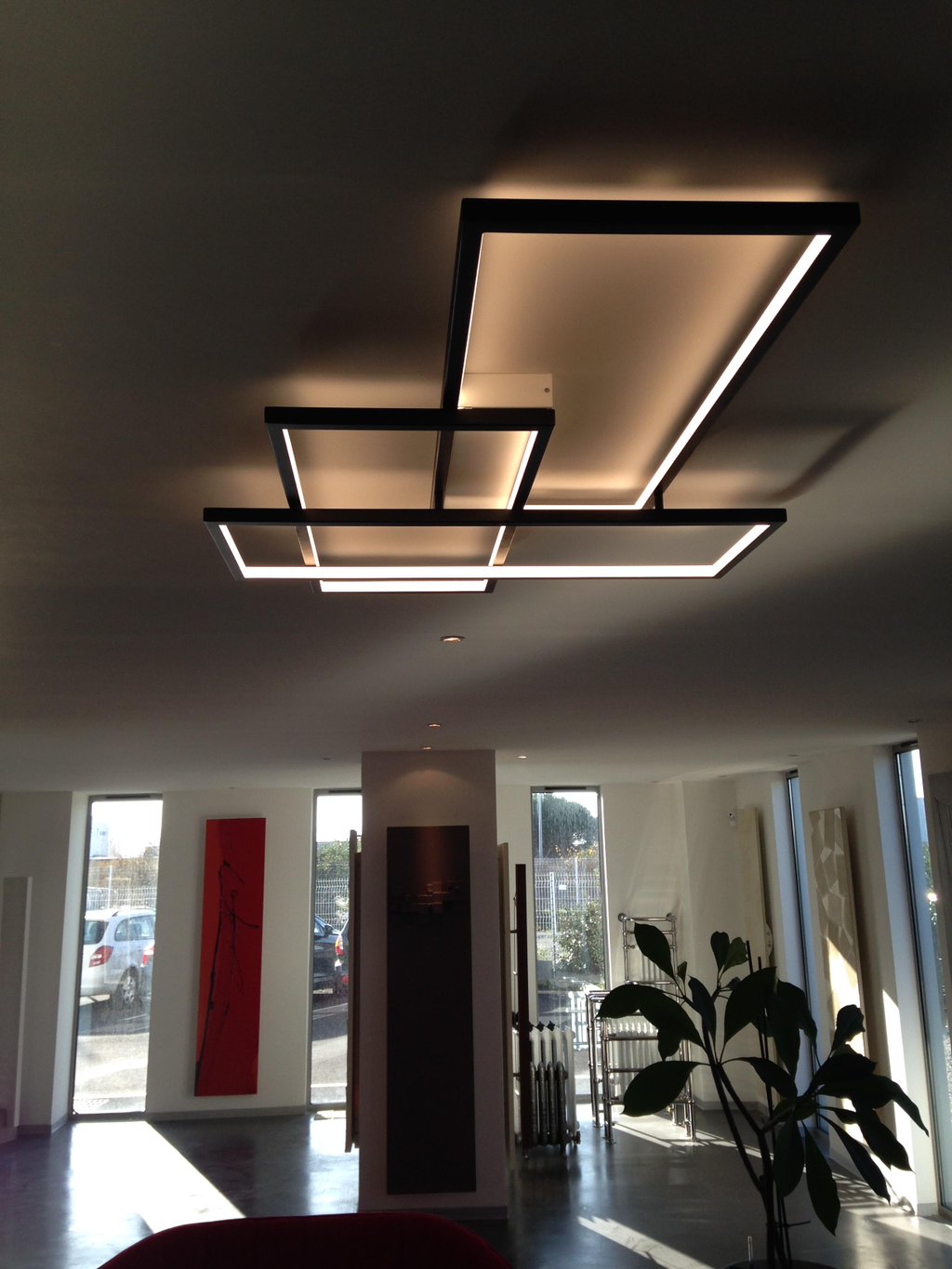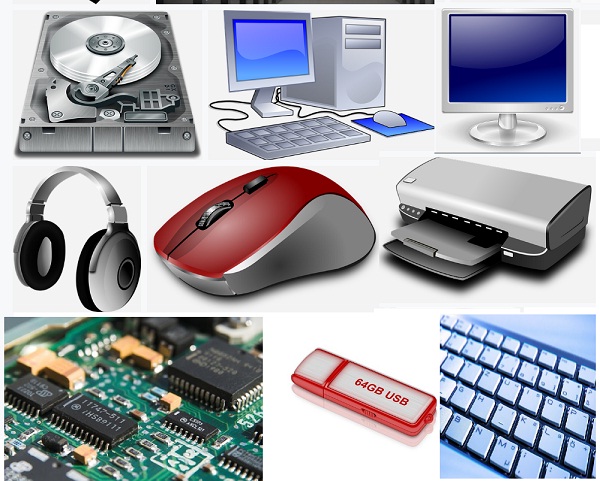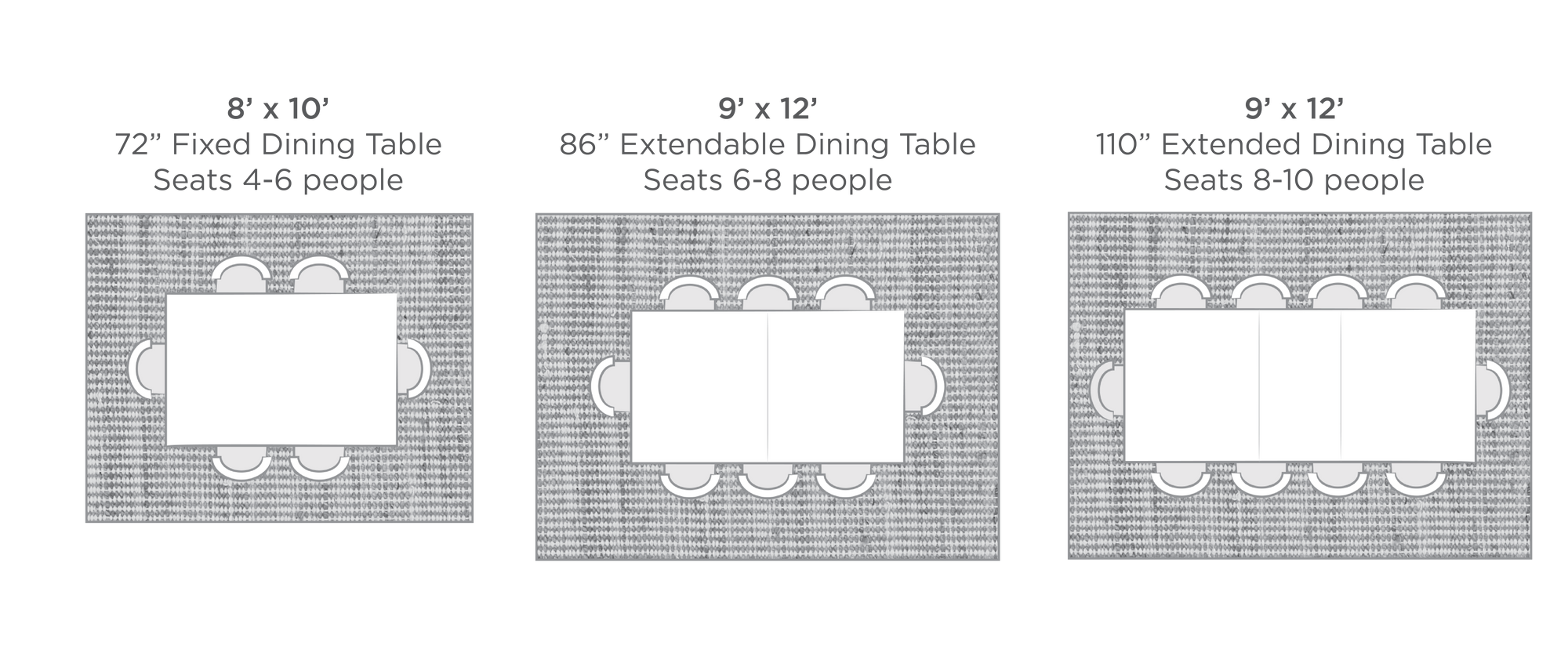When creating a kitchen design, the Layout is the key foundation to any kitchen plan. The necessary elements within a kitchen such as the refrigerator, oven, sink and counter spaces must be planed with great detail. The kitchen layout has to be such that will perfect for kitchen activities, while also efficiently linking to other parts of the house. You also should keep in mind mobility and clearance for people using the area. Layout
The Style of a kitchen should heavily reflect your lifestyle. Do you love to entertain, or prefer a cozy less formal atmosphere? There is no shortage of kitchen styles, whether you're in the market for cottage, vintage, modern, or something entirely unique. Before settling, you should be sure to look through some kitchen design ideas to narrow down the choice. Style
The cabinets are the workhorses of the kitchen, and they will set the tone for the rest of the room. The overall style will depend on what type of cabinets you choose, but the material is just as important. In the past, wood was the most common material, but modernized designs are more likely to have a combination of materials with metal, bamboo and laminate options. Cabinetry
The countertops are one of the most important components in the kitchen, and are usually made from granite, laminate, tile, concrete, or stainless steel. Granite countertops come in a variety of colors, or you can choose a more classic look like tile countertops. Whether you opt for a sleek modern look or a contemporary or classic design, the options for countertop design are endless. Countertops
Backsplashes can add another layer of protection, color and texture to the kitchen. It can play an important role in the style of the kitchen, transforming a basic design to a standout piece. Kitchen backsplash ideas are plentiful, and can range from everything from metal to glass to ceramic. Backsplashes
Similar to the layout and style, the right lighting can set the atmosphere for the entire kitchen. This is why it should be taken into consideration when planning a kitchen design. Ambient lighting can create a warm atmosphere for cooking and dining, while task lighting is better for tasks like prepping food. Recessed lighting is a great option for accent lighting, and you can even add under-cabinet lighting to help focus on specific tasks. Lighting
The flooring is the cornerstone of your kitchen, and should reflect the style and design you are looking for. Between hardwood, tile, linoleum, stone, and laminate, there are a multitude of flooring options to choose from. From glossy to rustic, tile to hardwood, you can find something that works specifically for you. Flooring
The appliances you choose can play a big role in the overall look of your kitchen. Without modern appliances, your kitchen will look dated—so you have to be sure to make a wise investment. The appliances should not only be efficient, but well-crafted and ahead of the curve in design. Appliances
The hardware for a kitchen can range from simple metal knobs to sleek, contemporary pulls. While selecting hardware for your kitchen, think about the overall style of the room and select the proper materials in the same finish. Try to keep it simple and timeless, and whatever you choose, don't forget the details such as the hinges. Hardware
Once the major components of the kitchen are complete, you can add the details that make it truly feel like a stylish and inviting kitchen. Try adding decorative items to the windowsills or shelves, like a set of kitchen accessories to keep the décor stylish and functional. You can also change the look with texturing paint for the walls, or adding a colorful pattern to the tile backsplash. Accessories
Ventilation is often overlooked, but is a key component in any well designed kitchen. When cooking and baking food, the stovetop can create smoke and steam that can linger in the air. Properly installed ventilation hoods provide essential air exchange, getting rid of the smoke and steam and bringing in fresh air. Ventilation
Kitchen Design Inspiration
 From traditional to contemporary
kitchen design
, a remodeled kitchen can increase the value of your home and provide you with a better space to cook and entertain. The kitchen is the heart of the home and should be designed to reflect your lifestyle. Planning a
kitchen design
should begin with understanding the elements that will make up the perfect kitchen.
From traditional to contemporary
kitchen design
, a remodeled kitchen can increase the value of your home and provide you with a better space to cook and entertain. The kitchen is the heart of the home and should be designed to reflect your lifestyle. Planning a
kitchen design
should begin with understanding the elements that will make up the perfect kitchen.
Layout and Style
 When considering
kitchen design basics
, the kitchen layout is one of the most important elements. The kitchen should be organized for efficiency and the type of appliances and cookware you use. Each layout offers a different opportunity for functionality. Common types of kitchen layouts include Galley, L-Shaped, U-Shaped, and island.
When considering
kitchen design basics
, the kitchen layout is one of the most important elements. The kitchen should be organized for efficiency and the type of appliances and cookware you use. Each layout offers a different opportunity for functionality. Common types of kitchen layouts include Galley, L-Shaped, U-Shaped, and island.
Cabinetry and Fixtures
 When selecting
kitchen design ideas
, think about your style and if you want to incorporate traditional or modern touches. Select cabinetry, fixtures, and other materials that properly fit into your kitchen's overall design. Cabinets are not only essential for storage but can also be used to show off your décor pieces. Fixtures such as chandeliers, island pendants, and track lighting should match your cabinetry to create a cohesive look.
When selecting
kitchen design ideas
, think about your style and if you want to incorporate traditional or modern touches. Select cabinetry, fixtures, and other materials that properly fit into your kitchen's overall design. Cabinets are not only essential for storage but can also be used to show off your décor pieces. Fixtures such as chandeliers, island pendants, and track lighting should match your cabinetry to create a cohesive look.
Finishing Touches
 Accessorizing your kitchen brings everything together and adds a personalized touch. Consider adding wall art, colorful textiles, and other accents to bring more life to your space. Utilizing small appliances and gadgets like a coffeemaker or juicer can give the kitchen extra functionality. Finally, add a natural element to the space with a houseplant or fresh herbs to add some color and texture.
Accessorizing your kitchen brings everything together and adds a personalized touch. Consider adding wall art, colorful textiles, and other accents to bring more life to your space. Utilizing small appliances and gadgets like a coffeemaker or juicer can give the kitchen extra functionality. Finally, add a natural element to the space with a houseplant or fresh herbs to add some color and texture.















































































































